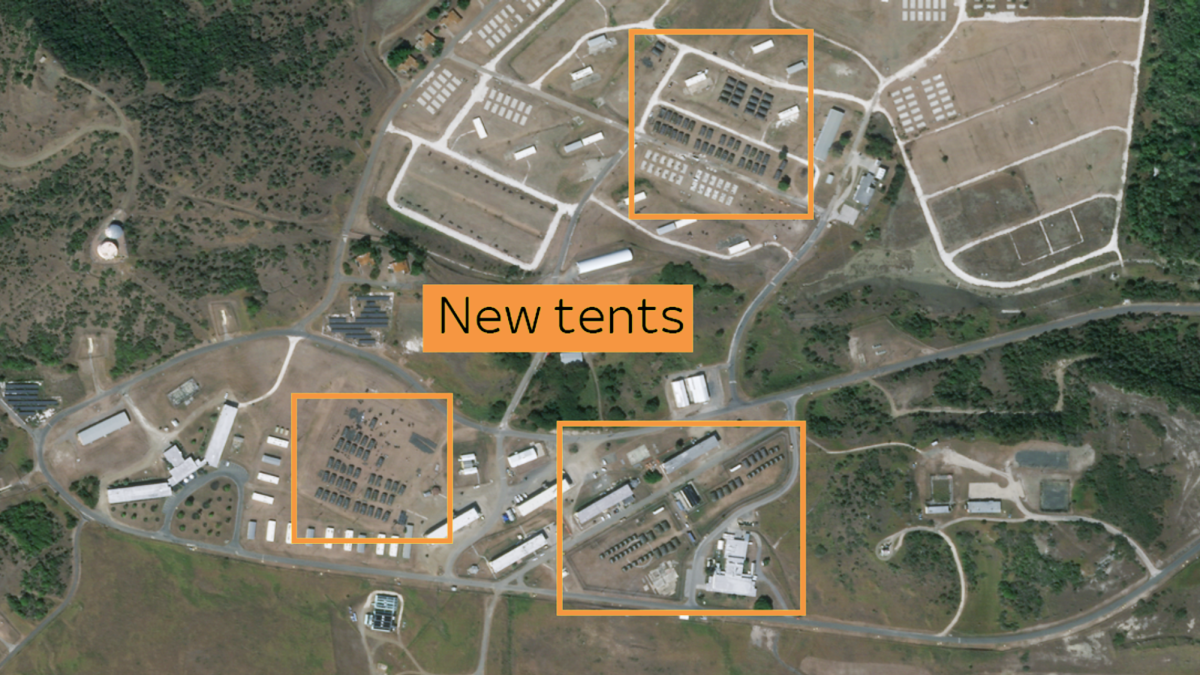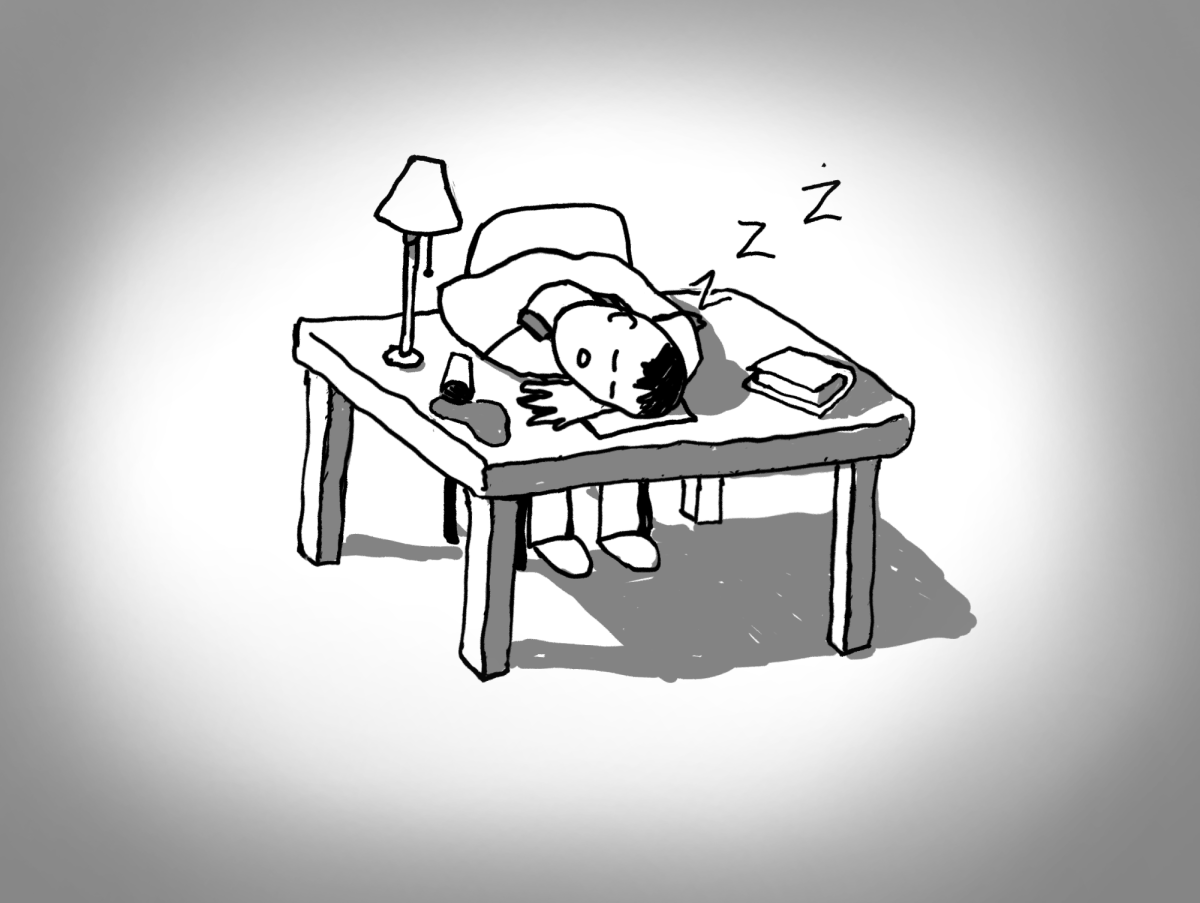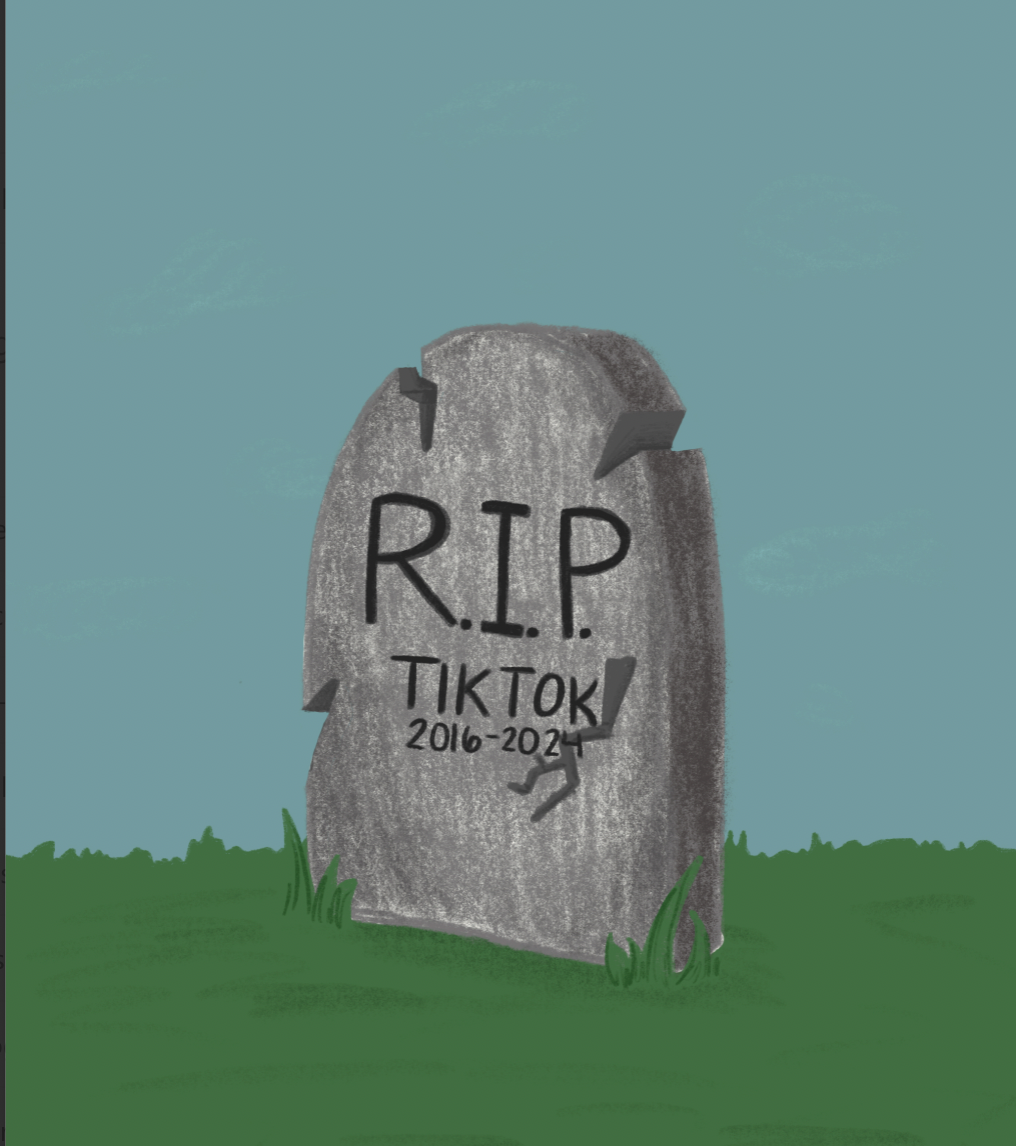The lack of affordable housing stems from single-family zoning
One of the most significant challenges for today’s youth is sky-high housing prices. According to Realtor.com, by December 2020, the median single-family house price had rocketed to $340,000 a house, representing an incredible year-to-year increase of 13.4%. For those starting families, youth, and others looking to enter the housing market, things have rarely been more difficult. Despite all of this, there seems to be no good way to make housing more affordable. However, what most do not realize is that housing prices are artificially propped up. In some major cities such as San Francisco, around 75% of the city bounds are restricted to single-family homes. When you look at the Bay Area, the numbers are even worse: 82% of all residential zoning is dedicated to single-family homes. By heavily constraining the development of duplexes, apartments, and other more efficient forms of housing, as well as requiring expensive building permits, city councils such as those in the Bay Area prevent the development of cheaper housing, keeping prices up to the benefit of real estate moguls and homeowners while keeping new homebuyers out of the market.
Affordable housing has been a problem for decades. Even though most Americans want to purchase a house, the supply of affordable goods cannot rise to meet demand. However, this situation is not a market failure but rather the side effect of (sometimes) well-meaning public policy. Many counties, cities, and states designate regions of land development for specific purposes. For example, a city will designate certain areas for single-family zoning, duplexes, apartment buildings, industry, public parks, etc. This might seem necessary for city planners to design the layout and structure of the city. However, whenever the government gets involved, inefficiencies are created. Although an argument can be made that zoning is necessary, they prevent more efficient market-guided construction and historically has been used to segregate cities by race and income.
However, the problems caused by single-family zoning are far more than just inflated housing prices. To start, single-family zoning actively encourages urban sprawl. This leads to increased vehicle emissions and less efficient public transportation as the distance between city centers and residential areas expand, increasing climate change. Removing such regulations would also lead to an increase in public health and more active citizens. Single-family zoning also leads to an increase in inequality as it allows landowners to reap the economic benefits of increased housing prices at the cost of renters. By pricing out low-income families around good schools, zoning is also responsible for increasing educational inequality and reducing the human capital of less-affluent families. According to Brookings Fellow Jonathan Rothwell, reducing such practices would reduce the “school test-score gap by 4 to 7 percentiles”. All in all, zoning serves to separate and hurt lower-income families and drag down the entire U.S. economy. Some economists estimate that “the U.S. economy is around 14% smaller due to constraints on housing development”.
To finish, the housing crisis is manufactured mainly by special interest groups using government regulation to inflate their wealth with the guise of preserving neighborhood character. By reducing policies such as single-family zoning, the crises would all but disappear as the market moves towards equilibrium. The impact of the housing crises does not just stop at housing affordability; they encompass public health, inequality, and the layout of our very cities.



























